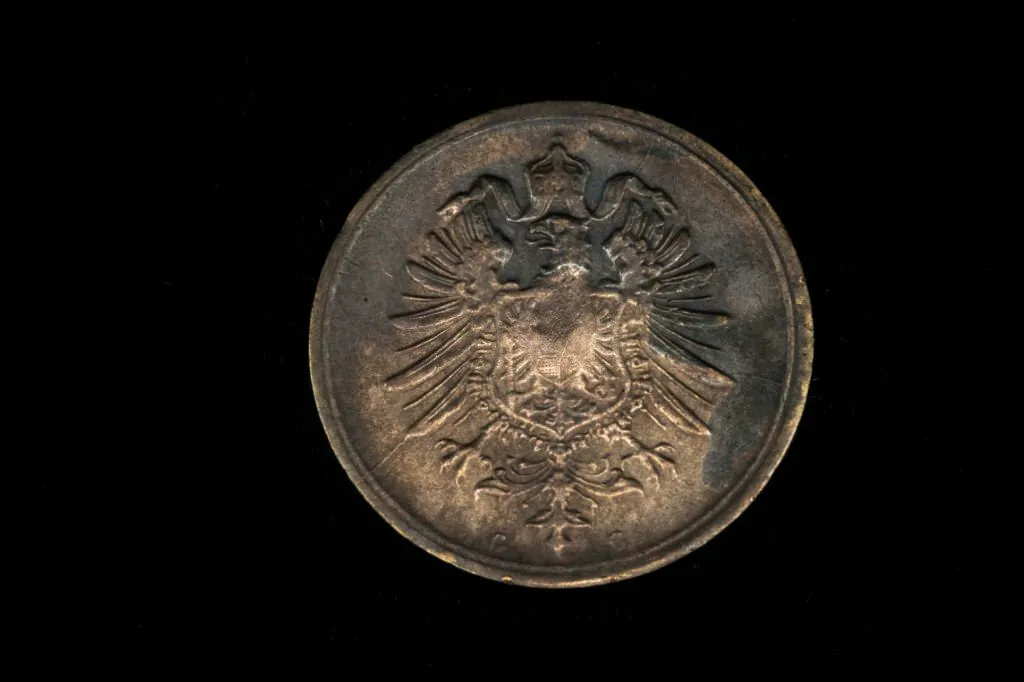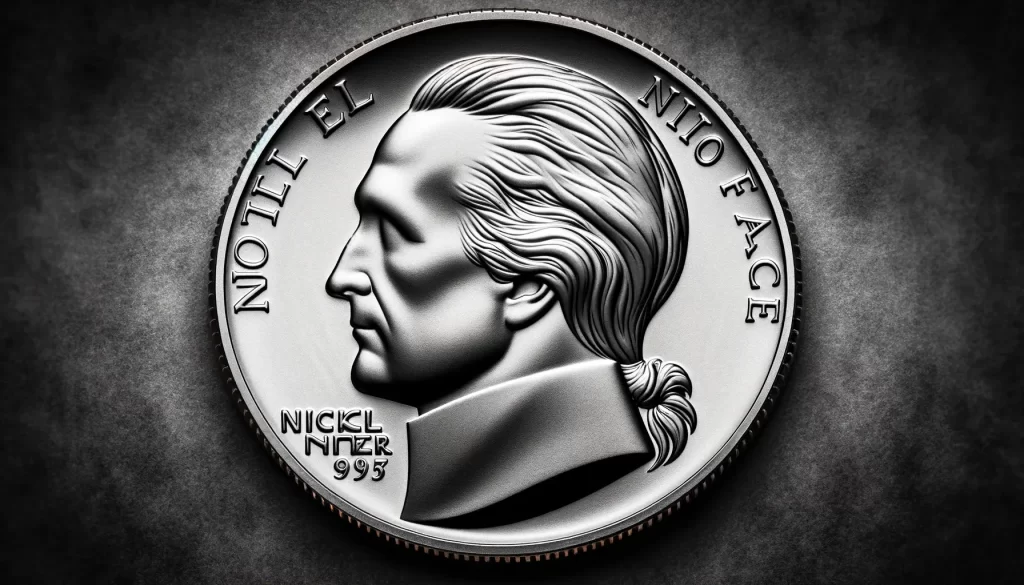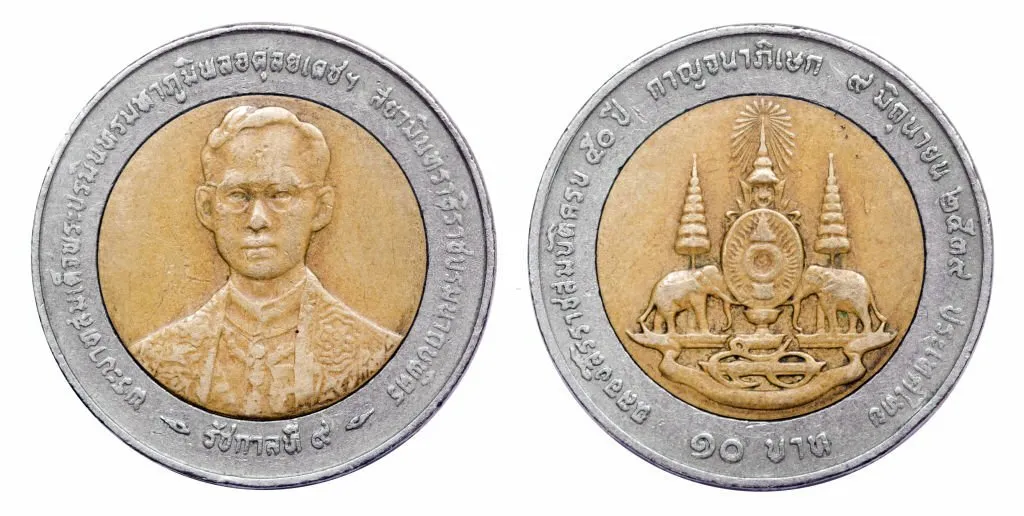What Did You Mean By Nickel with No Face?
Table of Contents
Explore the intriguing world of ‘Nickel with No Face’—unveiling the mystery, causes, and values. From die errors to key date rarities, uncover the allure of these blank nickels.
Many coin collectors and numismatists have come across nickels with no design on the face side, leaving it completely blank. This unique feature has led to questions about what causes these nickels to No Face and whether they hold any special value. In this comprehensive guide, we’ll explore the reasons behind blank nickels and what they could be worth.
What Causes Blank or Missing Design on Nickels?
There are a few key reasons why some nickels lack the typical design on the front:
Die Cap Error
This is the most common cause of missing design on nickels. During the minting process, a scrap of metal can get stuck to the die, blocking part or all of the intended design. When a blank coin is struck by the damaged die, it fails to be fully imprinted. This die cap error leaves the nickel’s face partially or fully blank.
Improper Annealing
Annealing is the process of heating up and slowly cooling metal to make it softer before striking coins. If annealing isn’t done properly, the surface of the blank nickel can become too hard. When struck by the die, the design doesn’t fully transfer.
Grease Filled or Damaged Die
Grease or oil on the die can prevent the impression from properly transferring to the nickel blank. Damage like chipping or worn areas on the die can also result in weak designs. Both issues lead to missing elements on the coin face.
Double Struck Coin
In some cases, a nickel may be struck multiple times. The initial strike leaves a full design. But a secondary strike is slightly off-center, overlapping and erasing parts of the original impression. This double or multiple strike causes blank spots on the nickel.
Read also: Techtonica Water Wheel

Key Date Blank Nickel with No Face
While any date of nickel can exhibit a blank face from die errors, there are a few scarce key date coins that blank nickel collectors prize:
- 1883 No Cents Nickel: This was the first year the US five-cent piece lacked the word “CENTS” on the reverse. Many were gold-plated and passed off as $5 gold pieces. The mint added “CENTS” for the rest of the 1883 production. Blank no cents nickels are rare.
- 1913 Type 1 Nickel: The old Liberty Head design was retired after 1912, and replaced by the Buffalo nickel in 1913. But a small number of 1913 nickels were struck with the old Liberty Head die. These rare transition nickels with a blank face are worth up to $4 million.
- 1950-D Nickel: This Denver mint nickel had a low original mintage of just 2.6 million, making it a key date already. Blank examples are scarce and popular with collectors.
- 1955 Doubled Die Obverse Nickel: The most famous error coin, the 1955 DDO is valued at over $1,000 even in low grades. A no-face example would be extraordinarily rare.

Determining the Value of Blank or Missing Design Nickels
When it comes to valuing these error nickels, the following factors come into play:
- Date and Mintmark: As we saw, earlier dates and lower mintage nickels command higher premiums with a missing face. Rare dates like 1883 No Cents are worth thousands.
- Grade Condition: Even with defects like a blank face, the overall wear and preservation impact value. A lightly circulated blank 1880s nickel is worth far more than a heavily worn one.
- Percentage of Design Missing: A 100% fully blank face has the highest premium over partially missing designs. But even 25% of blank nickels carry significant value.
- Eye Appeal: As with all coins, bolder visual appeal drives up demand. Ideally, the blank area will be smoothed and lustrous rather than heavily abraded.
- Authenticated and Graded: Third-party grading and authentication from NGC or PCGS provides reassurance and typically boosts value by 15-25%.

Should You Have Blank or Missing Design Nickels Graded?
For extremely rare blank nickels like the 1883 No Cents, 1913 Type 1, and some mint errors, professional grading is a smart move. The high value of these coins warrants authentication and qualification from NGC or PCGS graders. Slabbed and graded, they will command much higher prices when it comes time to sell.
For common data partially blank nickels, grading fees may eat into potential profits. Raw blank nickels still hold interest for casual collectors and those building unique sets. In those cases, grading isn’t essential. But for maximum return on investment down the road, authenticated grades are advisable.
How to Spot Fake Blank or Missing Design Nickels
As with any scarce numismatic error, collectors must be wary of counterfeits and altered coins masquerading as valuable blank nickels. Here are signs that a no-face nickel may be fake:
- Signs of Artificial Damage: Check for file marks, drill holes, or unnatural nicks that mimic die-capping damage. Edge lettering should also be undamaged.
- Smooth, Featureless Areas: Genuine blank spots will show some evidence of metal flow or minor design traces. Smooth blank zones are suspicious.
- Overly White Metal: Counterfeits often have excessively bright, untoned nickel with a fake worn appearance.
- Improper Weight or Magnetism: Fake nickels won’t have the specific 5-gram mass or metallic properties. Test suspect coins for incorrect weight and composition.
- Details Don’t Match Die Variety: Details like the date position or lettering style on authentic blank nickels will line up with confirmed die varieties.
When assessing any coin for authenticity, compare images and attributes against photograde references. Seek experienced collector opinions on reputable forums like PCGS CoinFacts.
The Allure and Value of Genuine Blank Nickels
While missing design elements are technically mint errors, blank nickels have undeniable visual appeal. The vacant face provokes curiosity about how it was struck and imagining the missing design. Blank coins are true conversation pieces with intriguing stories behind them.
For collectors building sets by error type or those who appreciate quirky numismatic history, blank nickels are an engaging pursuit. Their rarity and distinctive appearance give these coins inherent value to the right buyer. With attention to authenticating legitimate specimens, blank and no-face nickels can be a fun niche to explore.
Final Words
The mystery behind nickel with No Face and the challenge of piecing together their origins gives them enduring appeal for collectors. Verifying genuine specimens and judging how much to pay for these conversation-starting coins is part of the intrigue. We hope this overview equips you to navigate the world of missing design nickels and build an impressive collection.



